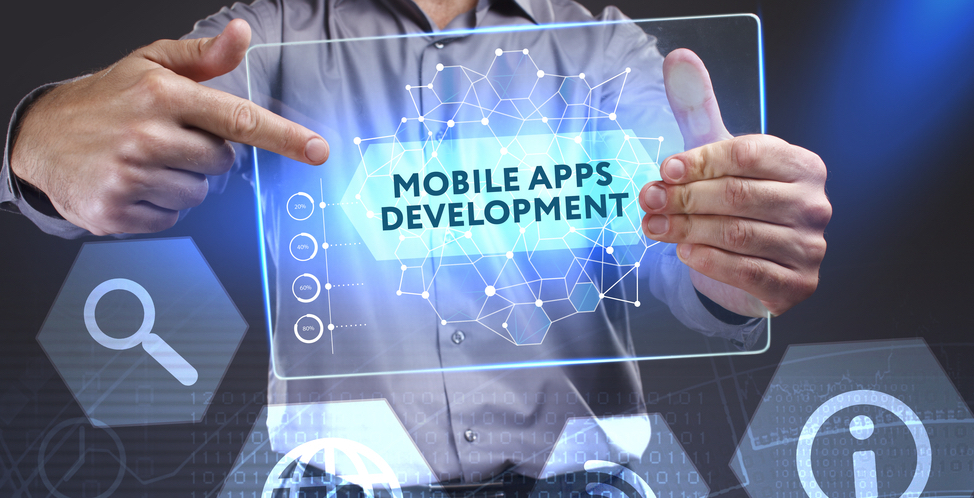Let us be aware of the 5G technology first, which comes with the promising package of faster uploads & download speed with lower latency time. It is been built on a different architecture rather than 4G LTE. It is expected to reduce the time devices during communication course with each other. The 5G technology is set to bring up the fourth industrial revolution with an estimated record of 1.1 million devices to be run on 5G technology from the year 2021 to 2025.
The 5G network will work on following different spectrum bands such as:
- Low spectrum band: It is a 1 GHz spectrum & is a primary band that carries many parts. It covers a broad range of wall penetration along with LTE. It is considered with peak data speeds.
- Mid Band spectrum: It is faster than low band spectrum & comes with low latency with 1Gbps peak speeds. But penetration is not very good than the low spectrum band.
- High Band spectrum: It is the highest 5G speed technology, with a peak speed of 10Gbps & accomplishes a low latency level. Penetration & coverage is still left as expected.
The 5G technology best helps in enhancing the core functionality of mobile applications that will influence the market for mobile app development.
Lower Latency: Delay can be a cause of concern & networks used on mobile devices can be utilized to make significant decisions in real-time. 4G networks in present times have recorded the average latency speed of 50 milliseconds & 5G is expected to cut the latency to 1 millisecond with reduced delays & less network intervention.
Connection Density: It is referred to as the network capability to support the speed & delivery of messages or posts in extremely populated areas. 4G networks support only 2k devices per 0.38 square miles with the average amount of devices connected to each user is likely to rise (i.e., smartphones, smartwatches, & other devices) thus, 4G will simultaneously become gradually insufficient. On the contrary, 5G comes with the potential of supporting 1 million connected devices in the same location.

Impact of 5G on Mobile Apps
5G connectivity is all set to modify the functioning of the mobile apps more efficiently & to integrate & routinely make use of future technologies such as Augmented Reality, Virtual Reality, Mixed Reality to the core. 5G technology allows developers & creators to build apps that will run seamlessly on the latest fifth-generation network to offer smart users, a rich user experience & enabling the user to keep the app or delete the app from the user’s device. The 5G networks high speed & low latency feature helps developers to provide benefits to the user for using apps. Mostly video & gaming applications entail less buffering time that supports in more responsive environment & user-rich experience. High speed & handling of an increased amount of data via 5G networks will facilitate app users or players to download the best gaming apps on 5G cellular-based networks despite using Wi-Fi internet service.
As Application building by developers & utility of app services is highly reaching the peaks in the global market by the smart users, the cloud-oriented applications are also increasing with the advancement. Developers creating apps will effectively be run on the cloud as a source of data storage that supports redefining how & when apps can be used on a smartphone or smart device. Inside the cloud data apps, users are accessible to function apps without installation or download on their device & can operate only through a login user account. This has no barrier to the data processing power of the device or internal hardware memory units but it runs efficiently on 5G powered networks that helps users to be satisfied with its latency speed & connectivity.
To overcome the burden of the massive amount of data on 4G networks i.e., being created, transferred, downloaded, & or shared across the globe can cause fluctuations in network speed eventually disrupting the users’ work even when connected to the 4G network. So now, the time has come to explore 5G networks that will enhance the quality of transfer speeds, reduced latency time & increase connection density. This will help users to use more mobile applications and mobile app developers to create user-in-demand applications that will eventually grow business revenue through the opportunity that is provided with the inception of 5G in the working environments all over the globe.

